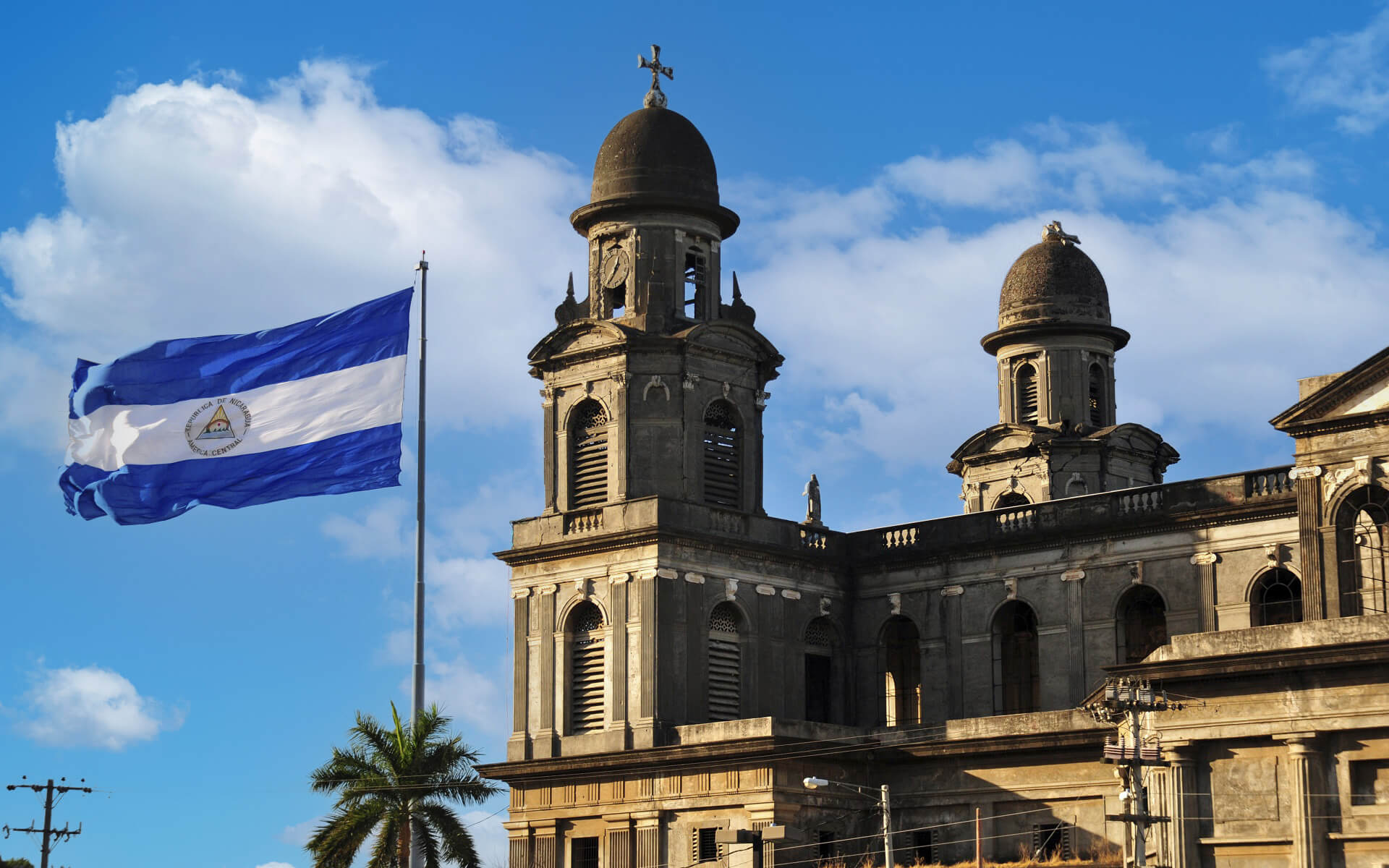Nicaragua’s capital and biggest city is Managua. The city has a fast rising population of around 2,200,000 people, the majority of whom are mestizos and whites, making it Central America’s second-largest metropolis after Guatemala City.
Managua is the nation’s indisputable economic, political, cultural, and religious hub, and many new trends begin here before spreading across the country.
The city was established as the national capital in 1852 and is located on the southwestern edge of Lake Xolotlán or Lake Managua.
Due to Managua’s position between the warring towns of León and Granada, it was a natural and perfect compromise option for the nation’s capital. While this idea seemed to be brilliant at the time, geology now says otherwise, since there is an active fault line just under the site of downtown Managua (before the 1972 earthquake knocked it down, that is). Managua’s economy is mostly centered on commerce. Nicaragua’s primary trade hub for coffee, cotton, and other products is located in this city. Additionally, it is a significant industrial hub. Its primary exports include beer, coffee, matches, textiles, and shoes.
Throughout Nicaragua’s history, the city has seen the rise and fall of governmental regimes and has been devastated by earthquakes in 1931 and 1972. Managua is Nicaragua’s economic, political, cultural, commercial, and industrial capital. Since the 1972 earthquake, residential and commercial developments have been developed on Managua’s outskirts. Managua has been called the Venice of Central America due to the city’s growing reliance on improvised canals.


